
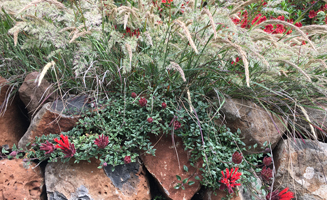
Contributor
- Topics: Archive, Drought & Fire, Inspired Gardens and Design
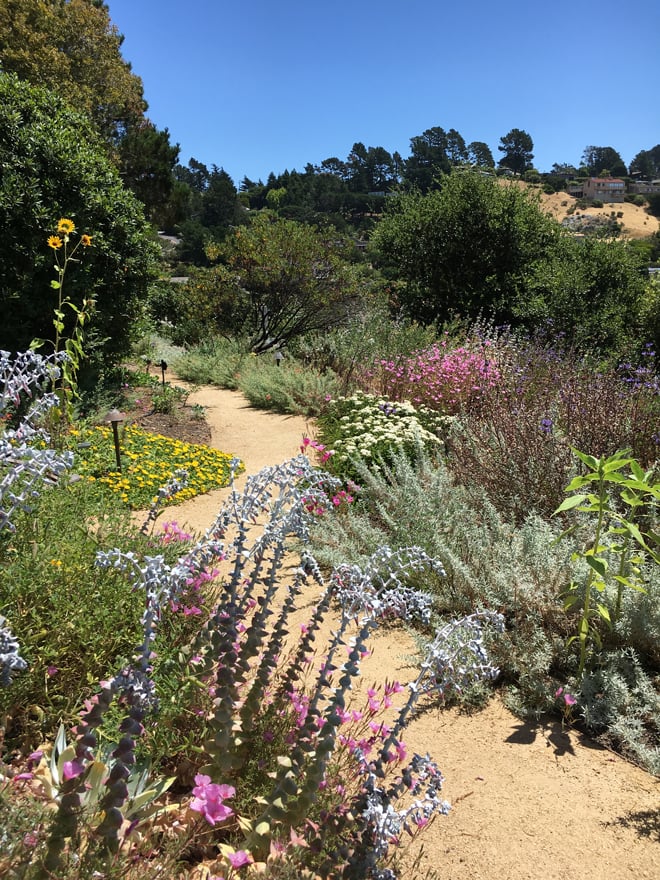
This is the fourth and final story in the series we named Planting the New California Garden. Throughout 2017 we’ve been highlighting the work of APLD designers to illustrate practical water-use data beautifully brought to life in a finished landscape. Our series is funded in part by a grant from the Saratoga Horticultural Research Foundation.
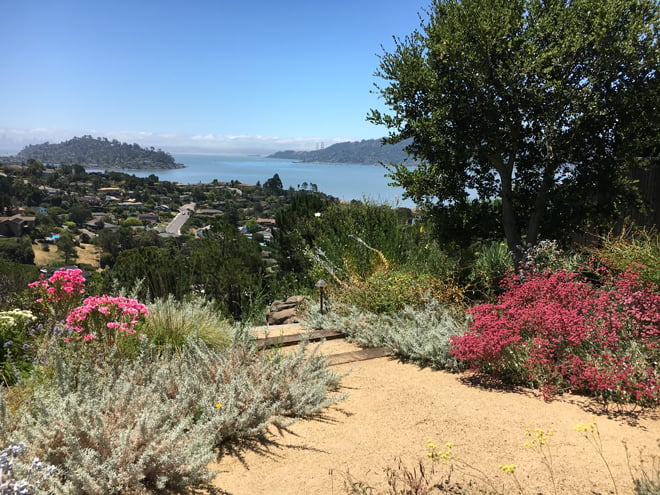

In 2013, Kelly Kilpatrick began work on this drought-tolerant garden in Tiburon, California. The property is on a hot, south-facing slope with a view of San Francisco and the Golden Gate Bridge. The decomposed granite pathways echo the brown tones in the borrowed view of neighboring hillsides. It’s a challenging location and the topsoil is thin—rocks and gravel lie just under the surface.
Kelly’s clients are gardeners who hired her when they needed help designing the garden, selecting drought-tolerant plants, and adapting the site for wildlife habitat—particularly for quail, but also to provide pollen and nectar for bees and butterflies. The homeowners planted Arctostaphylos, coffeeberry, oaks, and buckeyes; the rest of the plantings consist of more than 95 percent California natives.
The homeowners push the barriers of drought tolerance and keep detailed water usage records. Plants receive just enough water to survive using a drip system and are often allowed to go dormant. Many of the plants that reseed, such as clarkias, grow on rainfall alone.
To learn more about the Water Use Classification of Landscape Species (WUCOLS) database go to ucanr.edu/sites/WUCOLS and familiarize yourself with the user manual and begin investigating the water needs of your favorite plants in your region.
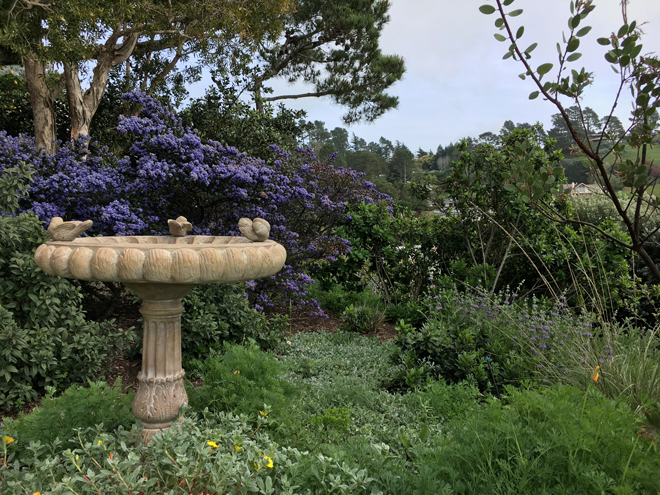
Kelly Kilpatrick got her degree in Landscape Architecture from the University of California, Berkeley, and has been creating gardens since 2000. Kelly designs with a strong sense of composition and a painterly eye toward planting. She specializes in:
Drought tolerant gardens
Children’s gardens
Fun and unusual plantings
Native gardens
Deer-resistant gardens
Edible gardens
Habitat gardens
Container plantings
Kelly Kilpatrick
Floradora Garden Design
www.floradoragardens.com
Share:
Social Media
Garden Futurist Podcast
Most Popular
Videos
Topics
Related Posts
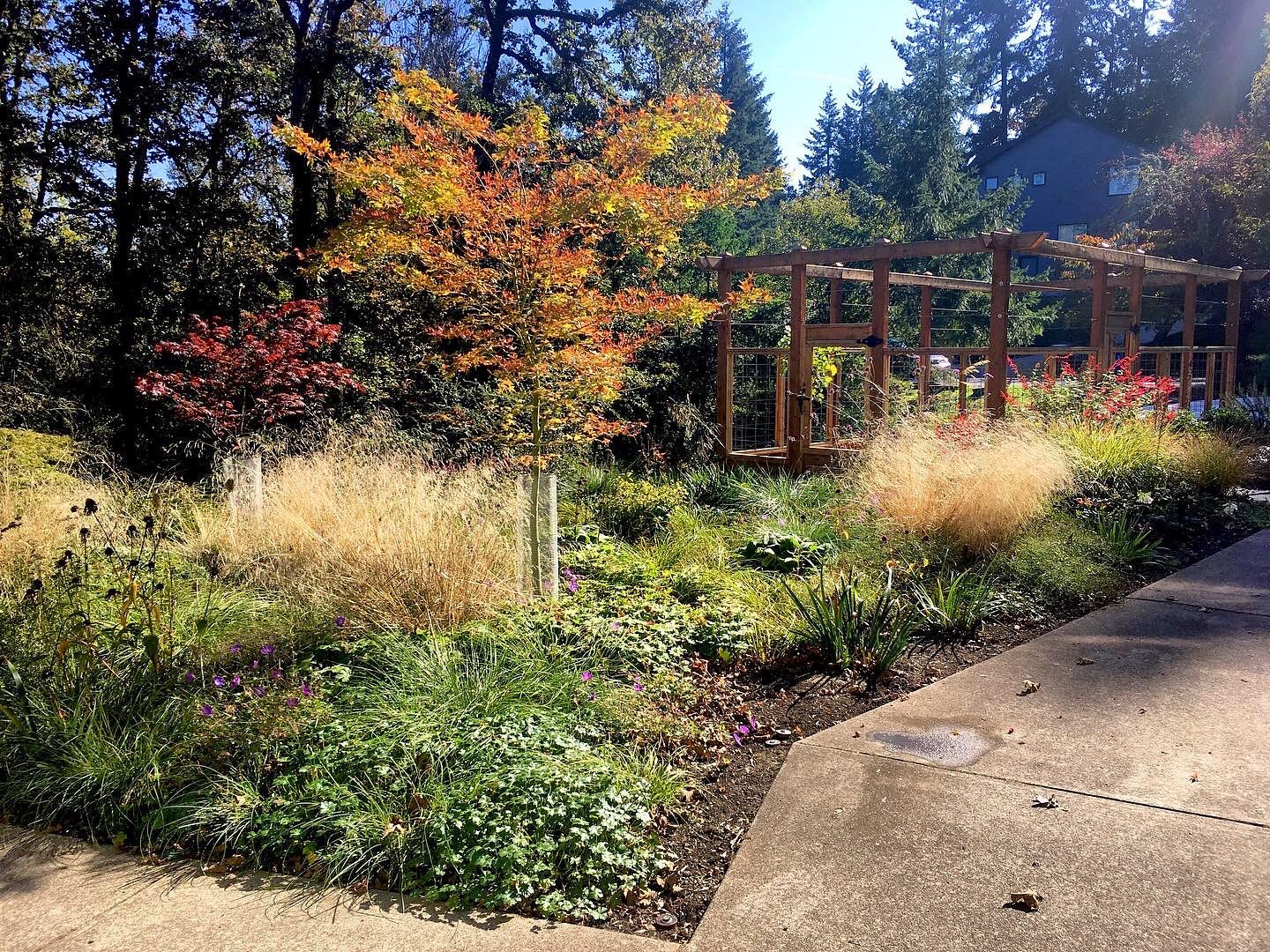
Low Maintenance Gardens – Better for Pollinators and People
Autumn 2022 “I come out every day. It’s therapy, my meditation.” Janet’s young garden transformed from overgrown, invasive plants to mostly natives. The dailiness of
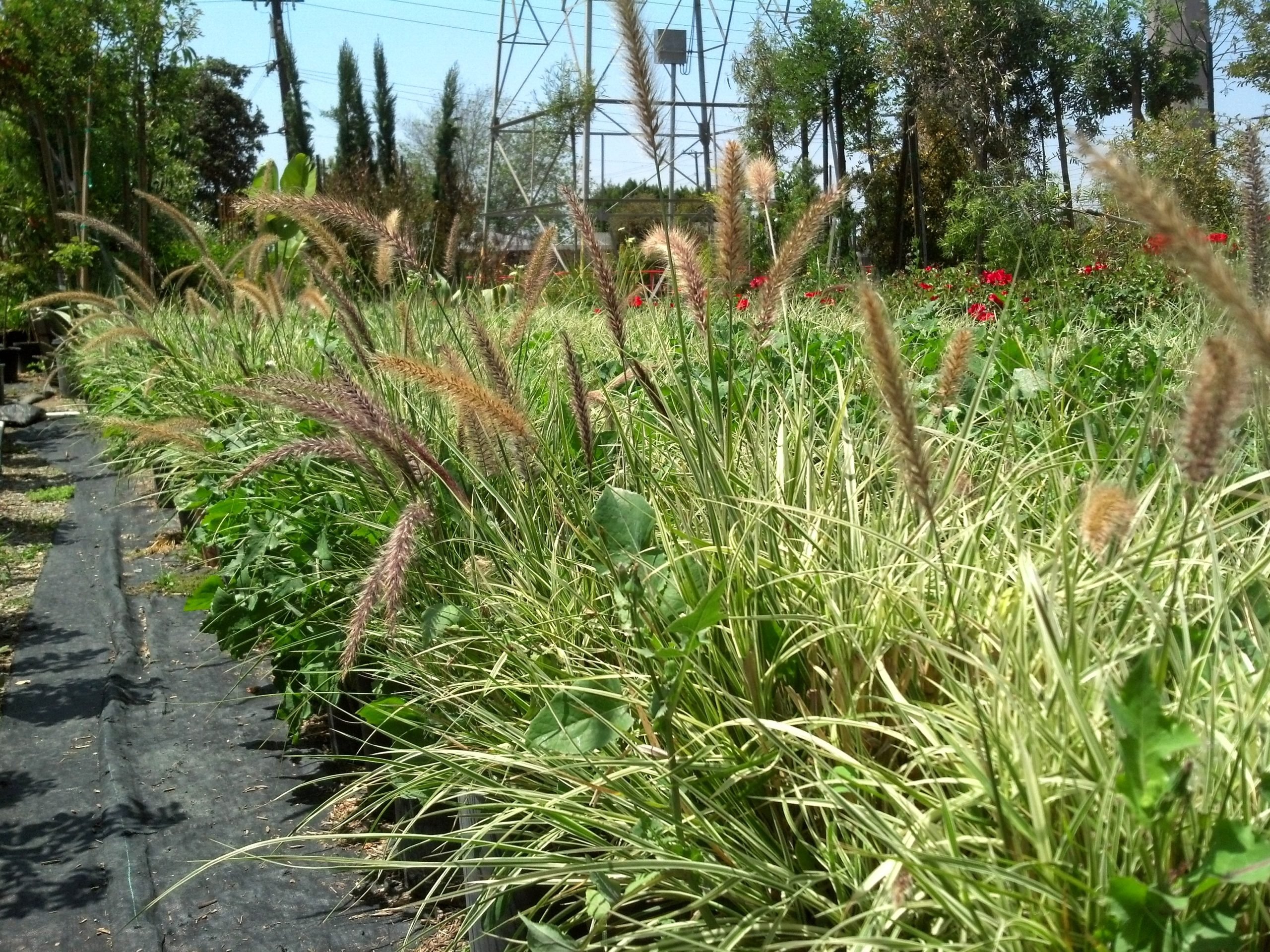
Invasive Plants Are Still Being Sold: Preventing Noxious Weeds in Your Landscape
Autumn 2022 With so many beautiful ornamental plant species and cultivars throughout California and the Pacific Northwest, how do you decide which ones to include

Garden Design in Steppe with Transforming Landscapes with Garden Futurist Emmanuel Didier
Summer 2022 Listen to full Garden Futurist: Episode XVII podcast here. Emmanuel Didier, Principal and Creative Director at Didier Design Studio is a leading figure
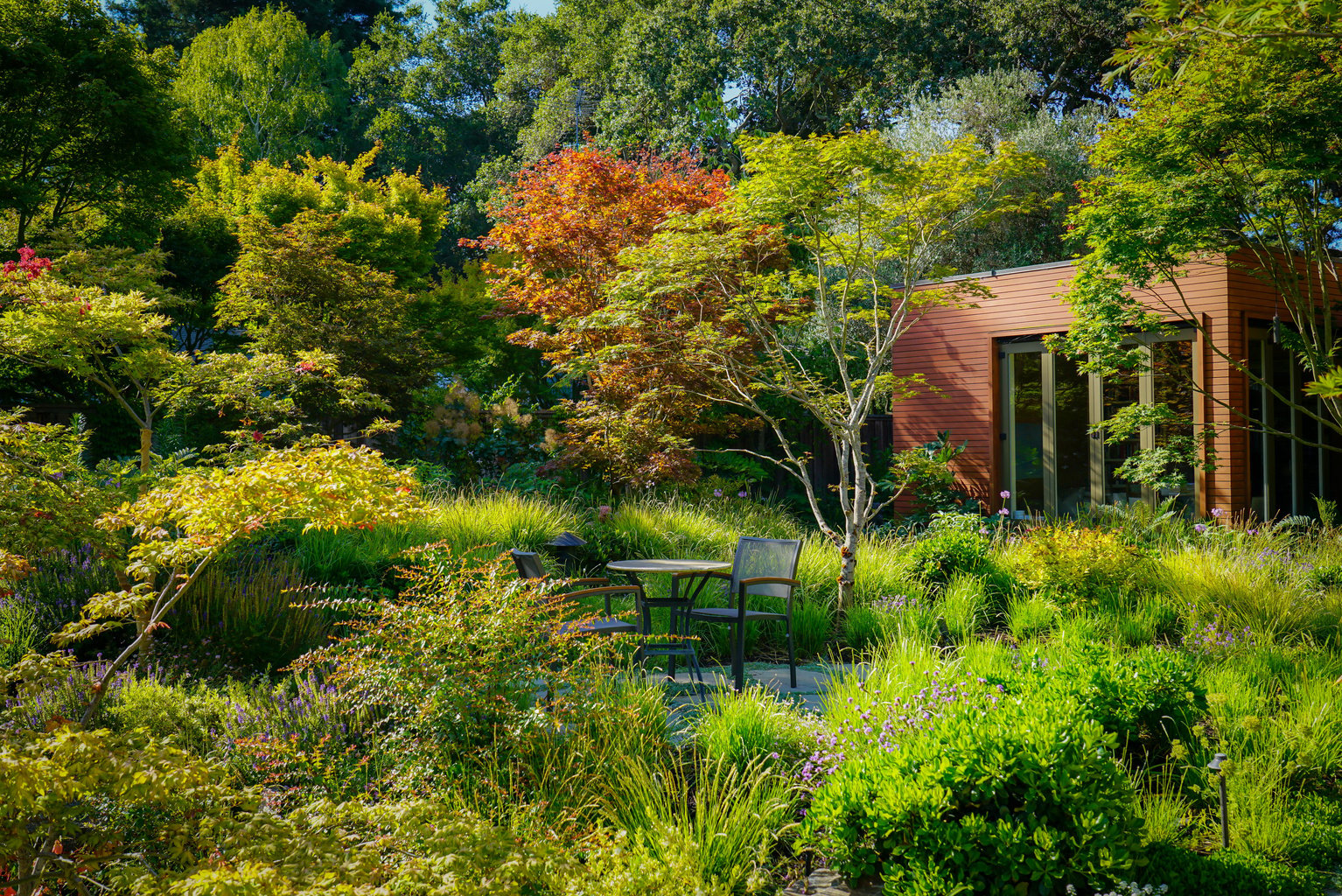
Seslerias: Versatile Groundcover Meadow Grasses
Summer 2022 Without question, the most beautiful and versatile of all the groundcover meadow grasses are the moor grasses (Sesleria). Moor grasses tick off all





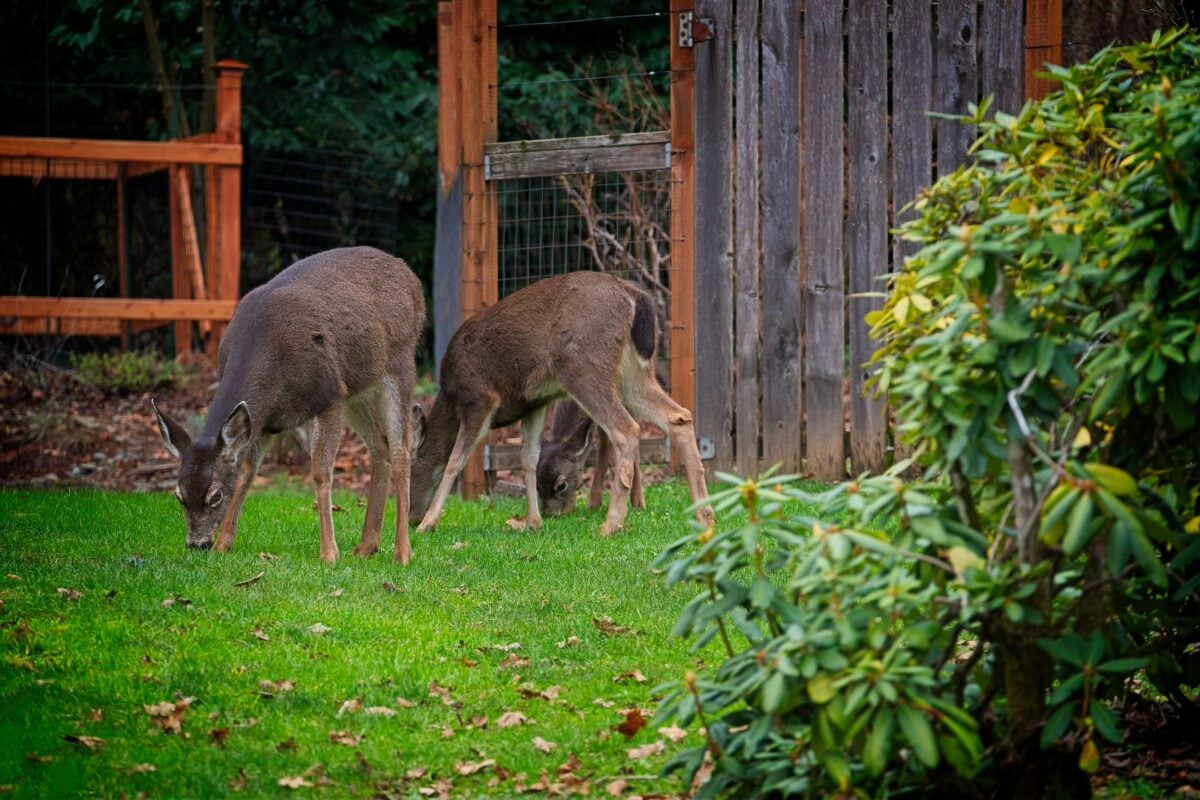

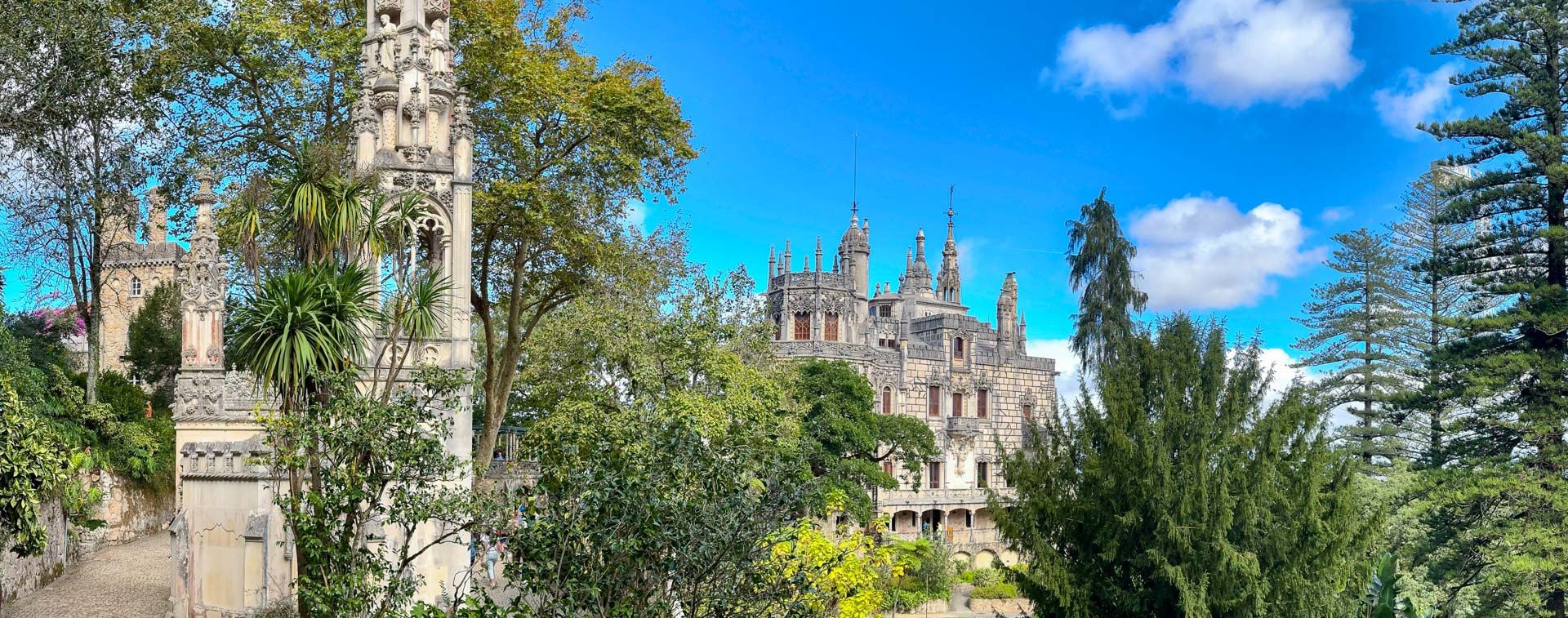



Responses